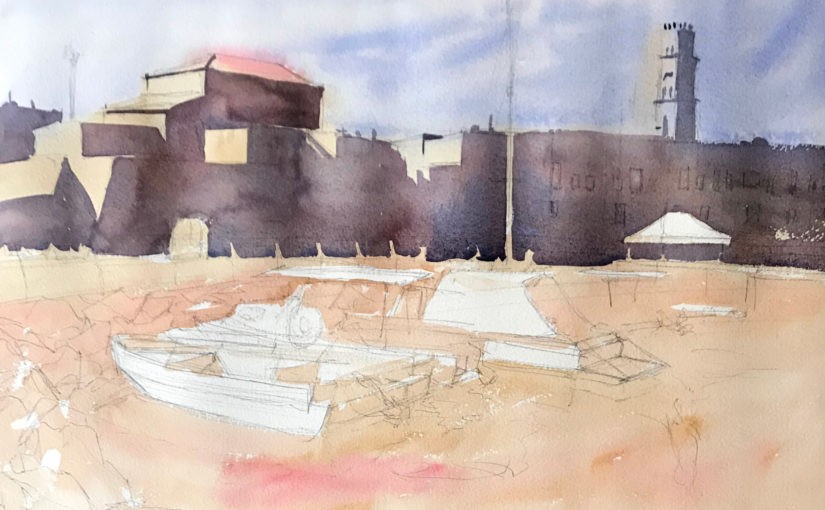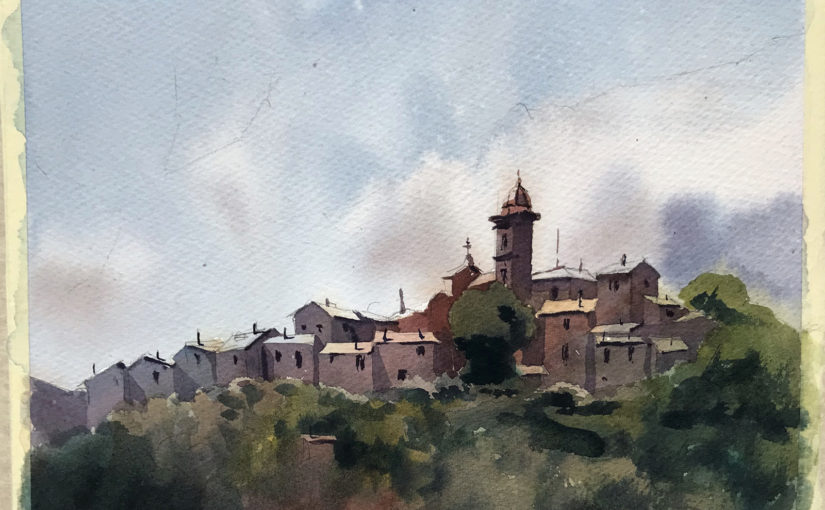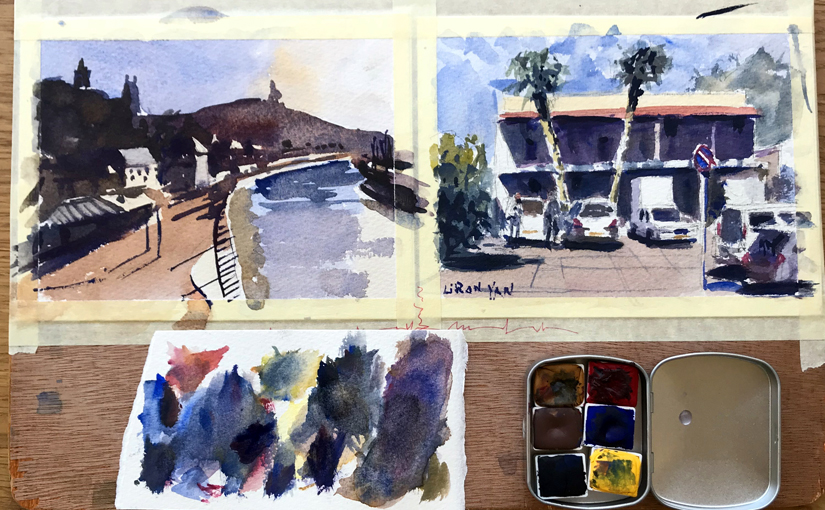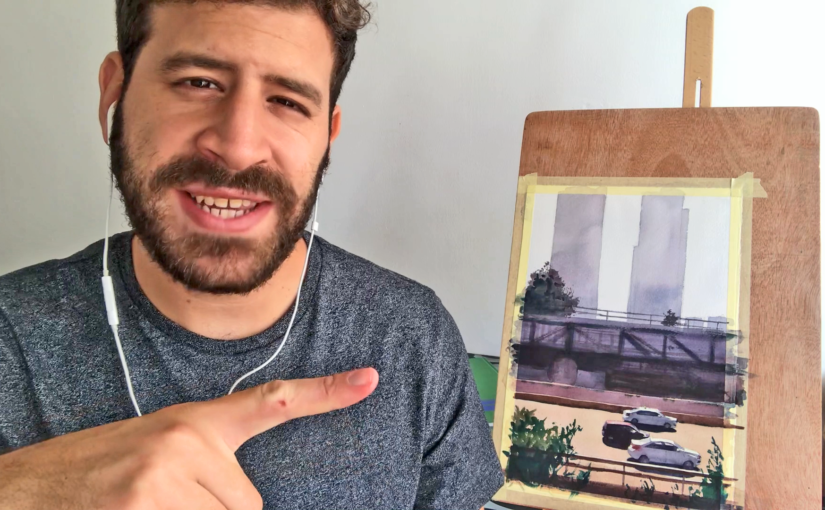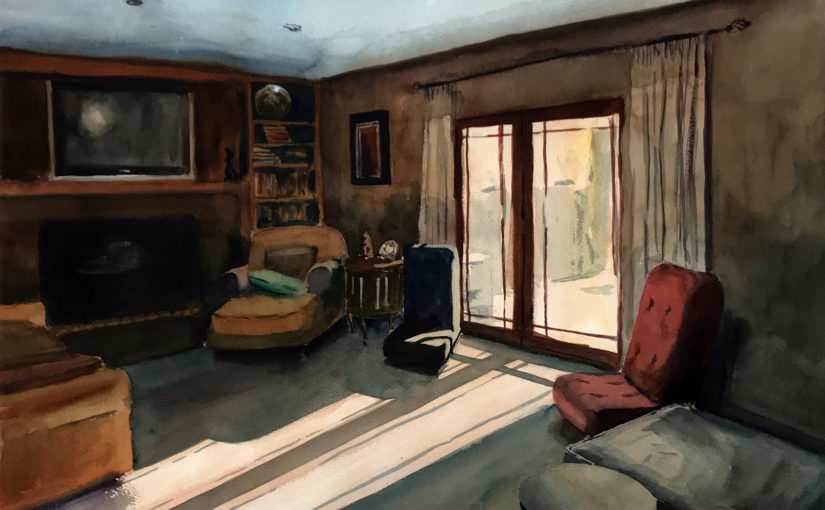Podcast: Play in new window | Download
Hi there, Liron here, and today I want to address an issue I’ve been asked about a lot lately.
How Realistically Should You Paint or Draw?
I seem to be getting a lot of questions like “How realistically should I paint?” or “Should I change what I see or try to stick to the reference?”.
And all of these questions are a “how” types of questions. In order to answer them, we need to move into a higher plain of thought.
We need to answer the WHAT question (and perhaps also the “why” question).
What do You Want?
The bottom line is this – what kind of art do YOU want to make? What kind of artwork inspires you and makes you full of joy?
Whatever that is – go do that (:
That’s my simple answer for you. If you understand what you want, and perhaps why you want that – the “how” will take care of itself. It will merely be a manifestation of what you want.
And with that being said… artist corner!
Artist Corner
Today I talked about Amanda Hyatt.
Amanda’s a fantastic impressionist watercolor painter. She cranks up the impressionism, while – from afar – not losing that beautiful realistic feeling I love so much!
Her style actually reminds me of the classic English OIL painters, despite her working in watercolor, which is quite surprising!
I discovered her through a YouTube video, and highly recommend you check it out, as well as the rest of her work.
YouTube videos:
https://www.youtube.com/watch?v=NJ1Q9SP99rE
https://www.youtube.com/watch?v=d4jScO-4vvw
Amanda’s website:
https://amandahyatt.com.au/
And here’s where you can find me
Check out my YouTube Channel – Liron Yanconsky
Or ask me questions on Instagram – @LironYanIL or Snapchat – @LironYan3
I hope you enjoyed this one. Take care, and we’ll talk again really soon,
– Liron

